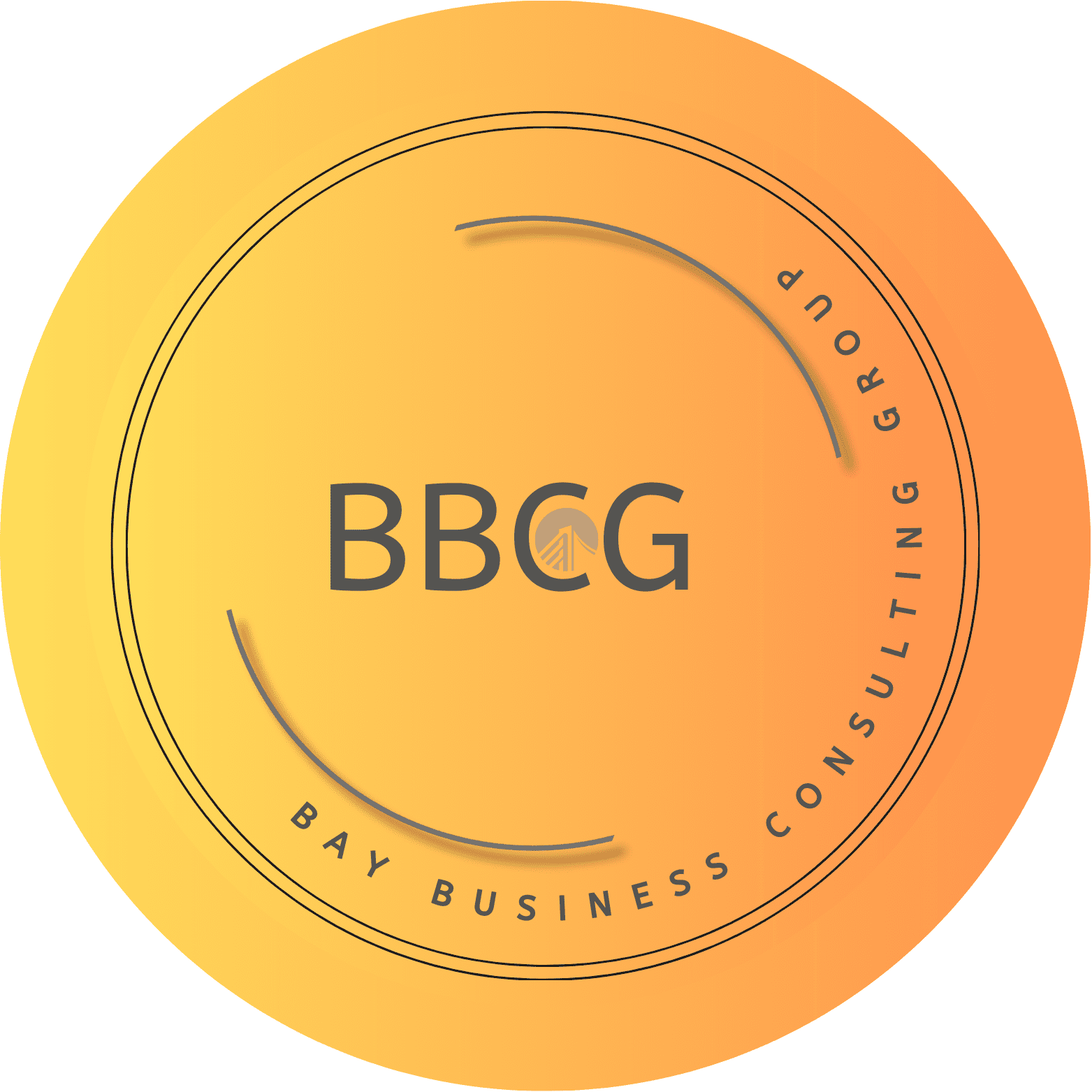Search Engine Optimization is a holistic strategy focused on improving both the technical foundation and the content of a website, with the user’s experience at the forefront. When done right, SEO helps businesses attract highly targeted traffic, convert visitors into loyal customers, and establish long-term growth—all without relying heavily on paid advertising.
Let’s explore important strategies that help drive organic growth and take your business to new heights.
Optimizing On-Page Elements
On-page optimization involves making adjustments to various elements of a website to improve its visibility in search results. Key components include optimizing title tags, headers, and URLs by incorporating target keywords. Proper use of header tags (H1, H2, etc.) enhances content structure and readability.
Meta descriptions should be concise, engaging, and relevant to encourage clicks. Image alt text is crucial for communicating the content of visuals to search engines. Additionally, using bullet points and lists can enhance the user experience, making information easier to find quickly.
Conducting Keyword Research
Understanding the terms and phrases potential customers use in searches is key to creating targeted content. Tools like Google Keyword Planner and SEMrush can help identify relevant keywords by analyzing search volume and competition.
Long-tail phrases are particularly valuable, as they have lower competition and higher conversion rates. Regularly updating keyword strategies based on trending topics and changes in consumer behavior ensures your content remains relevant in search results.
Crafting Quality Content
High-quality, engaging content encourages users to spend more time on the site, which can positively impact search engine rankings. Start by creating articles and blog posts that address client needs and provide real value.
Focus on clear and concise writing that answers questions and offers insights. Ensure your content is grammatically sound and easy to read. Incorporating visuals, such as images or infographics, can help break up text and enhance understanding.
Building Internal and External Links
Link-building optimizes a website’s authority and helps boost ranking. Internal links connect different pages within the same website, helping users navigate more easily and encouraging them to explore additional content. This can help reduce bounce rates and increase the time spent on the site.
In contrast, external links, or backlinks from other reputable websites, indicate trustworthiness to search engines. Also, establishing relationships with industry influencers and guest blogging can facilitate acquiring quality backlinks.
Improving Site Speed
A faster website keeps users engaged and improves their experience, making it more likely they will explore further. Slow-loading websites can frustrate customers, leading to higher bounce rates and decreased satisfaction. Using tools like Google PageSpeed Insights can help identify elements that may be slowing down your site.
To improve speed, consider optimizing images, utilizing browser caching, and minimizing HTTP requests. In addition, implementing a content delivery network (CDN) can also reduce load times for individuals spread across different geographical locations.
Monitoring and Analyzing Performance
Continuous analysis ensures that a site evolves with industry trends and search engine algorithms, maximizing its growth potential. Tools like Google Analytics and Search Console provide valuable insights into traffic patterns and user behavior.
To assess effectiveness, monitor key performance indicators (KPIs) like organic search traffic, bounce, and conversion rates. Conduct regular audits to identify areas for improvement, ensuring that adaptations are informed by data.
Ready to boost your business’s online presence and drive measurable results? At Bay Business Consulting Group, our experts will develop a personalized SEO strategy that aligns with your unique requirements. Book a call today to learn how we can help you achieve your marketing goals.

